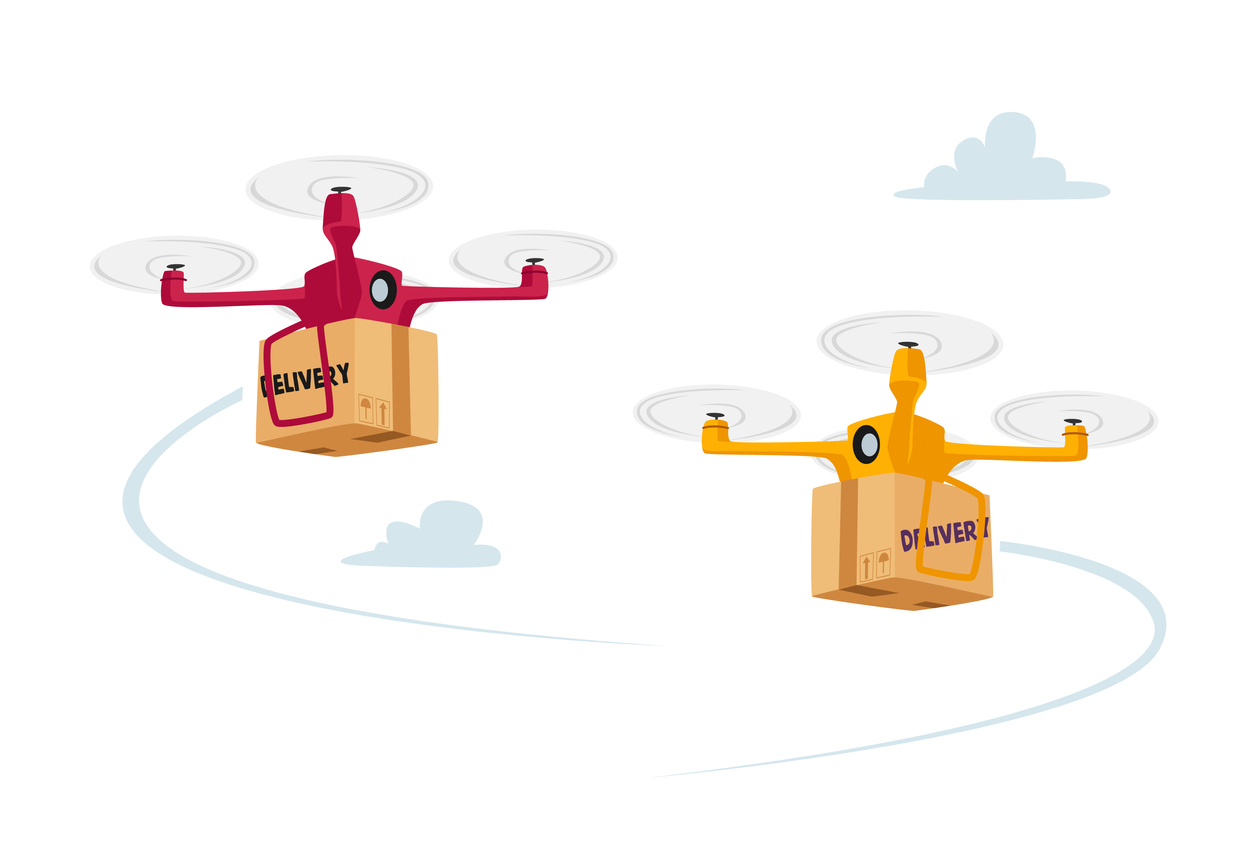What Does Inflation Mean for My eCommerce Store and How Can I Adjust?

For most global consumers, inflation has been a major topic over the past few months. As the stock market declines, prices of gas, groceries and other essentials are moving up. According to the U.S. Bureau of Labor Statistics, the Consumer Price Index (one of the most reliable inflation measures) has increased by 6.5% in the past year.
That’s not necessarily good news for eCommerce merchants looking to sell their products to audiences worried about the economy and their disposable income. It also has potentially major effects on supply chains and product pricing, requiring a strategic effort to alleviate the pains of inflation for potential and current customers.
Fortunately, not all is lost. Far from it. Proactive and strategic efforts to combat the problems of inflation can allow eCommerce brands to continue selling their products and services online. Raising prices is one option, but the opportunities range far beyond that last resort. Let’s dig into the details of inflation, how it may affect businesses, and how eCommerce stores can combat its effects.
The Current State of Inflation in the U.S. and Around the Globe
We’re in one of the most sustained periods of inflation in recent memory. In fact, digital prices have risen for 22 consecutive months, a number that could extend in the months to come.
Inflation, of course, is nothing more than an increase in the average prices of goods and services over a given amount of time. Many factors can cause it, but one of the most prominent variables (and the one likely in play in this global inflationary period) is a drastic rise in production and supply chain costs.
COVID-19, quite literally, has broken the global economy, and consumers are paying the price.
As of right now, what happens next is anyone’s guess. Inflation could keep rising at a steady rate, or begin to calm down and potentially even reverse. In the meantime, eCommerce brands have to account for this new reality because of its unique impacts on their business and revenue model.
How Does Inflation Affect Businesses in eCommerce Industries?
Inflation has not traditionally impacted eCommerce, but that changed during the COVID-19 pandemic. The Adobe Digital Economy Index, which tracks average prices across all eCommerce categories, has seen significant increases across product categories in the past few years.
The pandemic is the most likely cause, adding a drastic increase in demand for online goods to the above-mentioned supply chain issues. That imbalance led to merchants, desperate to avoid losing customers due to out-of-stock items, raising their prices to align supply and demand once again. With suppliers struggling to keep up and sea freight costs at an all-time high, prices were set on a trajectory that’s expected to last at least another few years.
That inflation, in turn, is a problem for merchants looking to remain affordable for their customers or avoid alienation. Raising prices also tends to depress demand, leaving especially smaller businesses on the outs as big businesses begin to engage in price wars. Suppliers raise their prices, decreasing profit margins for sellers in the process.

5 Proactive Strategies to Combat the Negative Impacts of Inflation
So much for the bad news. The good news is that even though inflation might be problematic, it’s far from impossible to solve. Now that you understand how inflation will affect businesses, you can make adjustments.
Raising prices ensures that the margins stay consistent, by simply passing on the additional cost to the consumer. Unfortunately, it tends to lead to very unhappy customers, some of whom will jump off if other competitors choose not to raise their prices.
Instead, it helps to be more proactive. These five strategies can help you combat the negative impacts of inflation before taking the drastic step of a price increase.
1. Adjust Your Discounting and Promotional Tactics
The first and perhaps most obvious step is to take a look at your promotions and current product discounts. Removing some of these elements can maintain your profit margin even as costs increase and prices stay the same.
If possible, look at the reporting and analytics behind your promotions. Look to cut or minimize promotions that don’t have a proven sales impact, while monitoring the impact of your cuts. If you can find the promotions that reduce your margins without actually making customers more likely to buy, you’re on the right path.
2. Look for Alternative Ways to Reduce Costs
High-performing eCommerce brands likely already have optimized their pricing to some degree. But it’s never a bad idea to look at other opportunities as you consider how inflation will affect businesses. You might be able to lower your product cost using one or more of these tactics:
- Finding a cheaper or more local supplier.
- Adjust product design, like materials and packaging.
- Reduce your SKU complexity by focusing only on your highest sellers.
3. Maintain a Safety Stock of Inventory
This strategy is risky but can pay off significantly. It involves buying larger quantities from suppliers, which likely increase your inventory at an at least somewhat discounted stock. The increased inventory, in turn, can protect you from potentially falling into the low-price trap of not increasing your prices only to run out of product and disappoint your customers.
Of course, this strategy can backfire because it requires larger purchasing power and bigger upfront investments, making it reliable only if you are confident you can sell your inventory.
4. Consider Changing Your Pricing Model
Another option for online stores is to move away from the traditional one-time purchase pricing model. Subscription-based eCommerce is on the rise, bringing increased revenue security that can insulate merchants against the risks of inflation. Subscription membership models (in which a flat fee guarantees a range of products) can have a similar effect.
Neither of these models are automatic success guarantors for any type of eCommerce business. They need to be carefully considered to ensure they work within your niche and with your audience.
5. Find New Potential Markets for Your Products
The final alternative option to a price increase is to expand the scope of your eCommerce operations. That means examining your product to understand whether it may interest new audiences with different geographic or demographic characteristics, or finding alternative use cases for your audience to solve new and potentially unexpected pain points.
Much of this strategy depends on a combination of creative thought and thorough market research. When done right, increase the scope of your sales operations means being able to increase and optimize your inventory, reducing costs in the process.
Fight eCommerce Inflation Through Strategic Decision-Making
Inflation is not a pleasant topic to discuss, especially now that it has reached the eCommerce sphere. But while it’s undoubtedly a cause for concern to any online store looking to build a sustainable and growing revenue operation, it doesn’t have to be a reason for panic.
Instead, strategic decision-making is key. And ideally, that strategic decision-making can come with a reliable partner at your side to guide you through any business, product, and marketing adjustments you need to make. Ready to talk? Contact us today.


